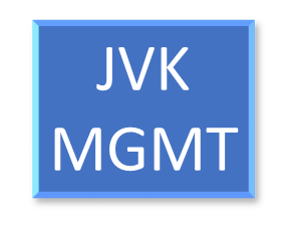The Art Of The Headshot With Len Marks
/Photographer Len Marks, top right, says a headshot is more than just a picture, but a message conveyed through a person’s expression and body language. Photos/Len Marks Photography
By Sophia Ricco¶
sricco@longislandergroup.com
At times, a picture can say more than words ever could. Photographer Len Marks has learned and experienced this in his over 30-year career.
From a young age, Marks recalls being fascinated by taking pictures. His older brother attended photography school. He started as a photographer in the music industry, and fell in love with the art of storytelling. He opened Len Marks Photography 30 years ago.
“I’ve always been a people-person. I enjoy the interaction of being human,” Marks said. “I enjoy smiling at someone and having them smile back, conveying emotion, passion and energy.”
Len Marks Photography was located in Cold Spring Harbor for 25 years when Marks focused primarily on wedding photographer. But with a desire for a new challenge, he transitioned to commercial, theatrical and business headshots and videos five years ago. As part of the shift, he moved to a studio in Huntington village.
“I came back to my roots, which are music and entertainment photography. Then that led to business portraits,” Marks said. “The internet and advent of social media brought an explosion in the need for professional business headshots. It’s no longer a luxury but a necessity for any business you do. People want to see your face and who you are.”
Marks recommends anyone in business should have a headshot. It gives the public a sense of who they’re working and doing business with.
A professional portrait puts a face to to the business.
“A great headshot is a very effective way of conveying an emotion quickly,” Marks said. “It’s not just a picture, done properly it conveys your entire message in the blink of an eye.”
A headshot can convey varying messages based on expression and body language. When Marks conducts a session, he engages in conversation about the person’s job or business, giving them a sense of comfort and confidence. Based on a client’s career field, he will look to draw out a particular message. If a client is a doctor or lawyer, he would want them to give off a sense of authority while a yoga teacher or care professional should convey a sense of warmth and welcomeness.
“Headshot photography is 90 percent psychology and 10 percent photography,” Marks said. “Without the people skill, it’s just a picture. Any photographer should be able to create a technically good shot. What sets me apart from others is my ability to get into their mind and soul, to capture what it is they really do.”
When it comes to commercial and theatrical headshots, Marks must pull a wide range of emotions from the actor. He finds it fascinating to watch seasoned actors transform between intense emotions quickly.
“I use what’s called back story,” Marks said. “This is similar to what actors use to motivate their characters. During the portrait process I’m giving them a story that I’m making up and never know what’s going to happen, but I’m giving them scenarios, like ‘you’re a dock worker, but you’re not an honest worker.’”
Meet the photographer… Len Marks.
In addition to photography and video, Len Marks Photography offers professional hair and makeup services that can give the final polish to a look. Marks will discuss this option with clients when setting up an appointment.
“Headshot makeup in the theatrical world is slightly different than what you would wear to work,” Marks said. “You barely know it’s there, but it’s done properly and makes the difference. A headshot is about reality, it’s not like a fashion photo. Makeup is there to enhance, but not overtake.”
Depending on how many looks a person is looking to capture, a session can take an hour to multiple hours. Those taking a business portrait will sit down with Marks afterward to review and edit the photographs. This allows them to leave with the finished product.
For Marks, it’s crucial he photographs genuine emotion. For business people, reality and passion for their business will motivate this, while an actor must emotionally invest into a fictional scenario.
“I don’t take lightly my ability to steer people’s emotions into a certain place,” Marks said. “That’s what headshot photography is. It’s not about cameras, lights and backgrounds, these are constants. It’s about the emotions brought out in sessions.”









